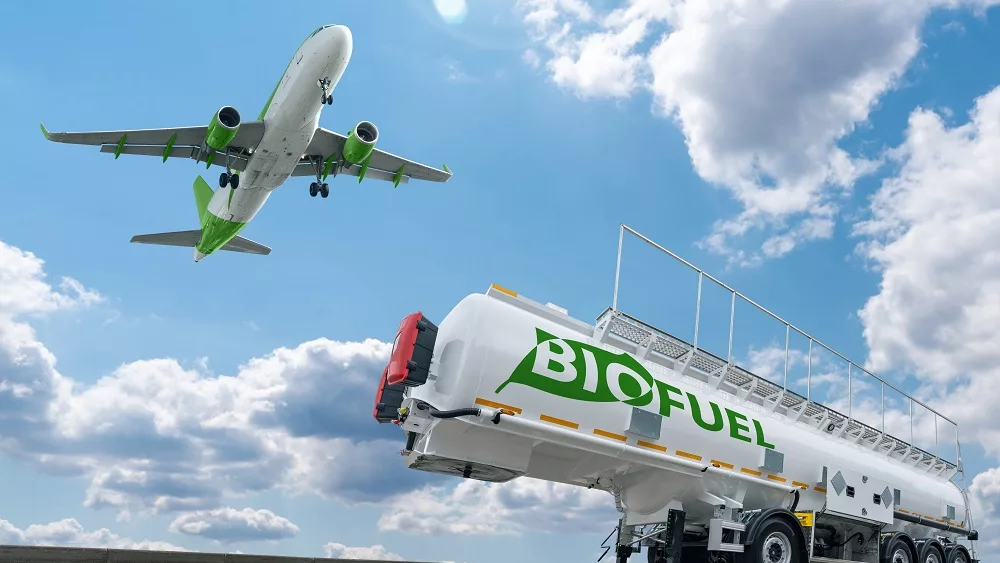 Hopefully planting will be in full swing for Indiana farmers soon, but with delays from weather affected fields and more rain on the way there is now more opportunity to check that equipment thoroughly before it heads for the fields. Those last minute checks can help make for a safe planting season. Purdue Extension agricultural safety specialist Steve Wettschurack says equipment maintenance goes hand in hand with planting safety.
Hopefully planting will be in full swing for Indiana farmers soon, but with delays from weather affected fields and more rain on the way there is now more opportunity to check that equipment thoroughly before it heads for the fields. Those last minute checks can help make for a safe planting season. Purdue Extension agricultural safety specialist Steve Wettschurack says equipment maintenance goes hand in hand with planting safety.
“Well it all starts with their mindset of making sure that they take a few extra minutes to work on pieces of equipment that maybe early this spring or late last fall maybe they removed a guard or something like that to change a chain. All that equipment needs to be put back in a safe manner as far as the equipment goes. They need to make sure that they’ve looked at hydraulic hoses and anything else that might be a yearly repair tha they need to look at before they go to the field. We don’t want anything to happen to them before they ever make it to the field.”
He says farmers need to be totally prepared for transporting farm equipment down the road to the field, and motorists need to be aware as well that rural roads are going to get very busy in the very near future.
“All those things that put that piece of equipment back to transport to get it down the road, a lot of those are done hydraulically now whether it’s planters, discs, field cultivators, whatever they are. We just need to make sure they’re completely closed up. Unfortunately it seems like we have a lot more people in a hurry these days and they don’t quite want to get over maybe as much as they used to because they think they need to be somewhere in a hurry, but as always give the farmer that courtesy and the farmer needs to give that individual on the road courtesy too to make sure they get by each other safely.”
Farmers should check gauges, tires and wheel bearings for signs of distress or rust and
Wettschurack advises farmers to do general inspections of anhydrous ammonia tanks before using them in the fields. If a tank has a water storage supply on the side, it needs to be full before going out in the field.
Anhydrous ammonia, when spilled, can cause severe burns to eyes, lungs and skin. Because it is attracted to water, the best way to minimize injury after a spill is to douse the victim with water.
“Copious amounts of water is the No. 1 thing to do pre-hospital if you get a drop of anhydrous on you. The more water the better,” Wettschurack said.
He cautioned farmers to keep the wind at their backs when applying anhydrous ammonia to avoid exposure to it. If the wind is from the south, farmers need to keep equipment to the north of them so the anhydrous is blowing away from them.
Safety equipment such as headlights, taillights, hazard signs, goggles and gloves also should be checked before planting begins.
Source: Purdue Ag Communications

